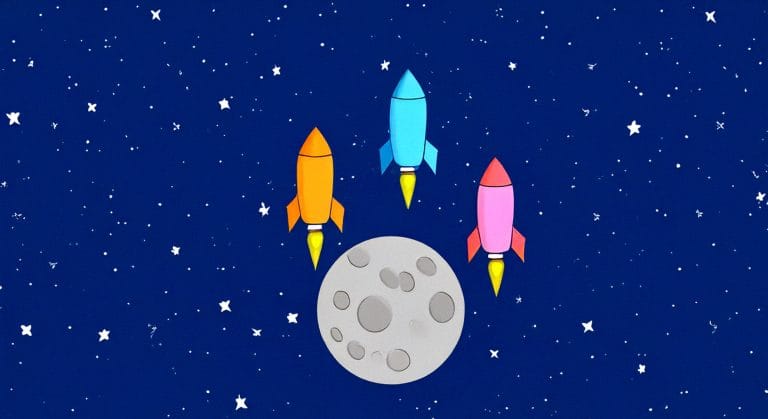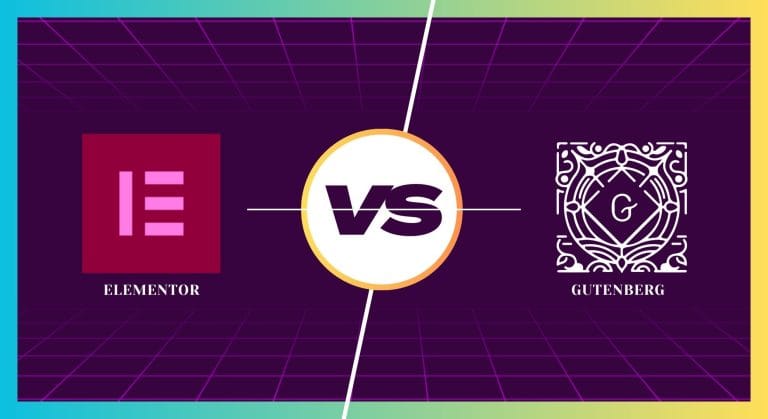A content delivery network (CDN) is a global, decentralized network of servers that collaborates to provide material to consumers more quickly and effectively. Based on the users’ geographic location, CDNs are used to distribute both static and dynamic material, such as web pages, photos, videos, and audio files.
With specialized software and technology, CDN servers, which are connected to the Internet, can cache material and rapidly and effectively provide it to consumers. The CDN will initially determine if it already has the required material on its servers when a user requests a piece of content. If it works, it will speed up the delivery of the material to the user by sending it straight to them from the closest CDN server. If the requested material is not already saved by the CDN, it will be retrieved from the origin server—the server on which the requested item is stored—and sent to the user.
The performance and accessibility of websites and online apps are enhanced by CDNs. They do this by shortening the distance between consumers and the requested material, which cuts down on the amount of time it takes to transmit the requested content. Additionally, CDNs aid in lightening the strain on the origin server, enabling it to handle more requests and enhancing the speed of the website or application.
Businesses, groups, and individuals utilize CDNs to provide a variety of material, such as software, web pages, photos, videos, and audio files. They are especially helpful for apps and websites with lots of users or traffic since they can handle the demand better than a single server.
Additionally, users in places with spotty or nonexistent Internet connectivity can access material, thanks to CDNs. Users may still access the material even if their Internet connection is sluggish or unreliable by keeping copies of it on CDN servers positioned in these regions.
There are several kinds of CDN, such as:
- Traditional CDNs: The most popular kind of CDN, these deliver static material, including photos, videos, and audio files. Traditional CDNs keep copies of the material on a network of servers spread out around the globe and provide it to users based on their location.
- Dynamic CDNs: CDNs that deliver dynamic material, such as web pages and online apps, are known as dynamic CDNs. To keep copies of the material and provide it to users based on their location and the specific content they are seeking, dynamic CDNs employ a network of servers spread out throughout the globe.
- Private CDNs: These CDNs are utilized by companies and organizations to provide their users with their own content. Private CDNs are frequently used to offer material that is exclusively available to a certain user group, such as staff members or clients.
- Public CDNs: People and organizations use these CDNs to distribute their material to a large audience. Delivering material that is available to anybody with an Internet connection is frequently done via public CDNs.
Typically, CDN providers provide a variety of services, such as:
- Content storage and delivery: Delivery of material to users via a network of servers provided by CDN providers who offer storage space for content on their servers.
- Traffic control: To control traffic and make sure consumers can get the material they want fast and effectively, CDN providers utilize specialized software and hardware. Boosting site speed using machine learning.
- Security: To safeguard the material and make sure that only authorized users can access it, CDN providers provide a variety of security measures, such as SSL encryption.
- Analytics: CDN providers give consumers analytics solutions so they may monitor the effectiveness of their content.






